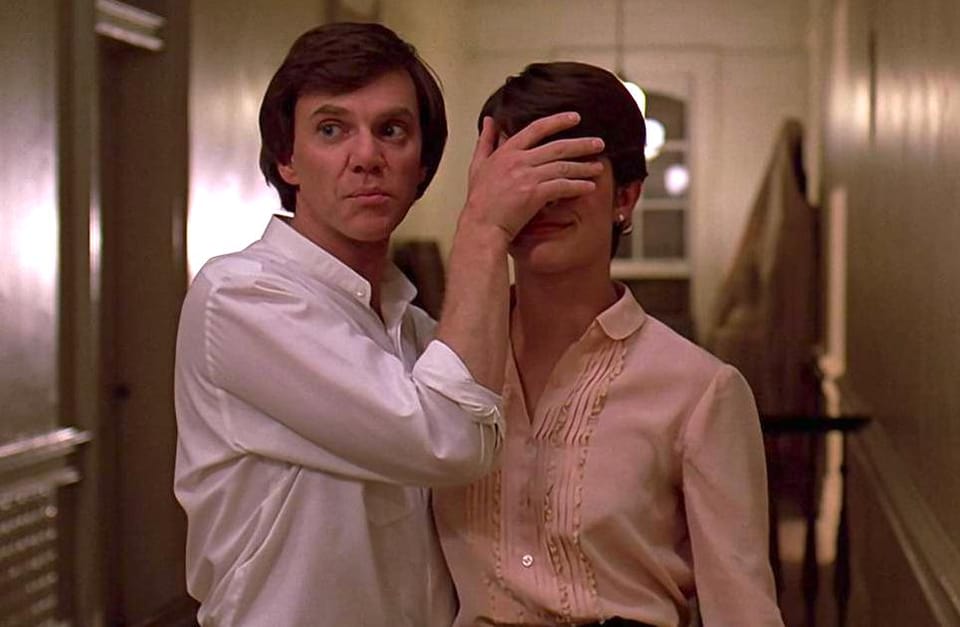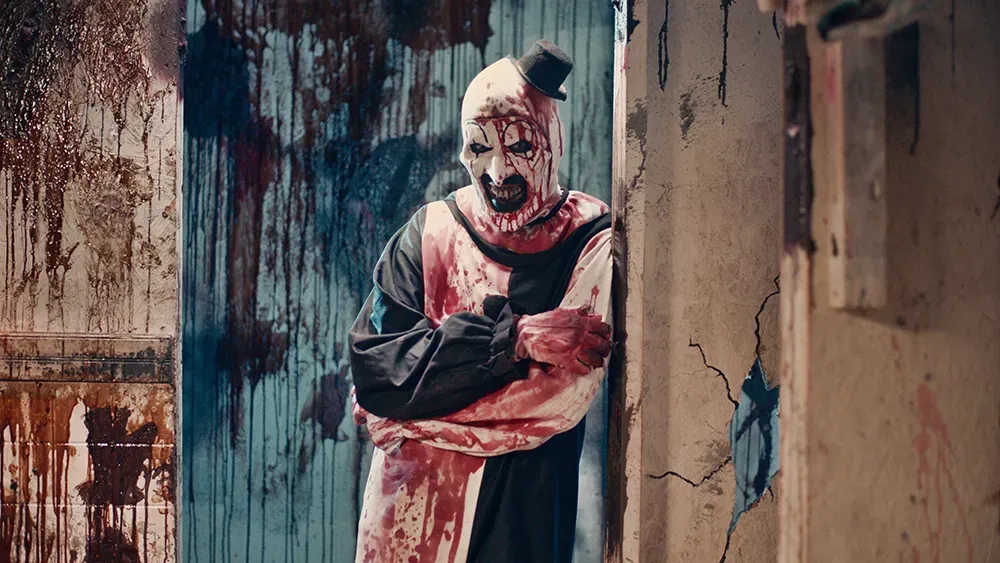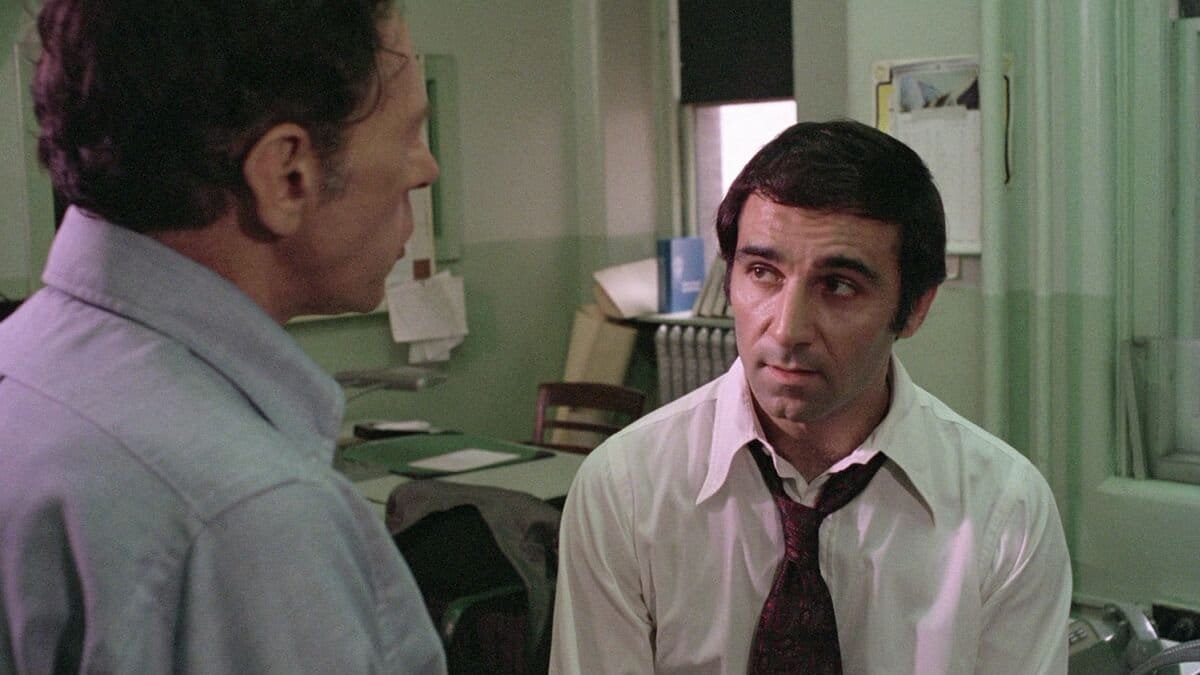Blurbing For The Weekend 7/5/24

Cat People - the 1982 one directed by Paul Schrader - is without question one the silliest movies I’ve ever seen. It’s a dumbed down, sexed up, modernized remake of a classic horror movie, like something Platinum Dunes would have coughed up in the ‘00s. But it’s also dreamy and plotless, with an infinitely overqualified cast, like a vanity project. It’s the kind of unhinged commercial enterprise that post-modern film enthusiasts delight in, as it signifies artistic freedom on a grand scale. But it’s also stupid. So fucking stupid.
The original 1942 movie, directed by Jacques Tournier, concerns a newly married Serbian-born woman named Irena who believes that she turns into a panther when her emotions get the better of her. It’s a terrific metaphor for repressed rage, allowing for characters to debate whether it’s just that or a genuinely supernatural occurrence. While we’re privy to the concerns of her husband and others, the film never decenters Irena’s desires and fears. It’s an impressively sympathetic monster movie, with expert use of shadows and sound making for thrilling, if clearly inexpensive, set pieces.

In the remake, neither the audience nor Irena (played by Nastassja Kinski) learn about the legend of the Cat People for most of a listless hour, when it’s revealed by a brother (Malcolm McDowell) she was separated from at childhood, following the death of their parents. The creators gave Irena a brother with the same affliction to avoid accusations of demonizing female emotions. They also have him say that Cat People only turn into cats when they fuck, and that they can only turn human again if they kill someone. And the only way to avoid killing is for Cat People to be incestuous. It’s clumsy supernatural exposition worthy of Richard Kelly, though way kinkier than the Donnie Darko dude would dare. The makers did get one thing right: only Malcolm McDowell could sell “so we gotta fuck each other” instead of “so we can’t fuck anybody.” We know Caligula can't do celibacy.

Not only is this a bizarrely grotesque conceit to put in a Hollywood movie, Cat People doesn’t stick to it. Recreating the original film’s pool scene (now with boobies), it’s implied Kinski may have transformed to growl at and hunt a sexual rival. This works in the original film’s logic, but not here. John Heard, as Oliver, the zoo curator who likes sex, likes wild animals, and wonders if two great tastes go great together, initially declined the role because he thought it was a porno script. Unless he had a great time rolling around with Kinski, I think he should have trusted his gut.
The film regularly shows off at least two reasons to believe rolling around with Kinski would be great, and Heard’s snarky band of co-workers (including John Larroquette, Ed Begley Jr and Annette O’Toole) is hilariously too talented for their roles. A TV dramedy about a New Orleans zoo with that cast would have aired for five seasons minimum. But instead, this genial lot is arbitrarily tormented by a pair of Cat People who are really, really bad at being Cat People. The ending is a long, loud raspberry befitting the film’s mushbrain (SPOILER): Irena, haunted by visions of a sandy desert full of panthers, begs Oliver to nail her one last time so she can be with her own kind. Only she doesn’t go off to the grasslands. Instead, she’s locked alone in a cage at Heard’s zoo. This might work as a metaphor if we had a sense Oliver had tricked her via sex into becoming his possession. Instead, it seems like she just didn’t think this through. Now I know why no one begrudged Quentin Tarantino repurposing David Bowie’s hysterical theme song in Inglorious Basterds. THREE BAGS OF POPCORN.
Terrifier 2 is actually called Damien Leone's Terrifier 2, and I’ll admit this Leone guy almost earns it. Most takes on the slasher today are either genuinely artless or pointedly artful: directors - if capable of making their presence known - either attempt to “elevate” the genre from its trashy origins or suggest some ironic perspective on the carnage. What impresses me about Leone is his ability to suggest creativity and intelligence the way they actually did it back in the day. There’s cause to believe wit and inspiration was involved in this tale of a sadistic, immortal clown who brutally kills people because he’s a sadistic, immortal clown. But as in the films of Tobe Hooper or Wes Craven (not to mention the directors we don’t remember), Leone presents the nightmarish settings and murderous villains as the source of that demented ingenuity, keeping the camera set-ups merely professional.

Where ambitious filmmakers from Brian DePalma to Ari Aster make clear they’re puppeteer, Leone maintains the illusion that the psychotic, silent clown on screen is the one spoiling what would otherwise be a tender, low-budget drama about a well-meaning single parent family (giving people Family Ties moments and then brutally dispatching them made Roger Ebert especially blubbery 40 years ago). It’s the kind of passive filmmaking that makes critics bemoan the soulless hacks showing us this carnage, rather than wrestle with the morality of the obvious artistry. Achieving this tone requires a level of restraint that few behind the screen have after more than thirty years of Quentin Tarantino interviews.
Despite this novelty, the film manages to capsize into indulgence anyway, thanks to a protracted climax and a running time of two hours and fifteen minutes. Most slashers end somewhat arbitrarily, as the first Terrifier did, after only 84 minutes. But the man whose name is now above the title reveals he’s got a modern filmmaker’s ego after all, drawing out the inevitable resolution because he can’t figure out how to make mythic good as fun as mythic evil. But if you’re the kind of trash cineaste who misses ‘80s horror but hates Stranger Things, you might overrate Terrifier 2 as much as its director does. FOUR BAGS OF POPCORN.

I have a vague memory of watching Larry Cohen’s God Told Me To back when I was a video store clerk, but it’s likely I was half-asleep after a shift that ended at midnight, because I didn’t remember very much. Tony Lo Bianco plays one of those heartfelt but brash, nice-guy cops stomping around the cesspool that was ‘70s New York City (filmed on location!). A rash of brutal mass murders (one committed by Andy Kaufman!) have him rattled, each ending with the killer saying the movie’s title. Many twists and turns and genre blurring follows, as was the Larry Cohen style. Lo Bianco has an earthy Robert DeNiro quality that’s especially affecting in his scenes with women, but the big plot reveal is arbitrary enough that I missed regular Cohen muse Michael Moriarty (The Stuff, Q: The Winged Serpent, Return To Salem’s Lot), who made up in manic wackadoo what he lacked in soul. Still, it’s a Larry Cohen horror movie with some cool lighting tricks, filmed on location in New York City. Criterion is right to stream it. FOUR BAGS OF POPCORN.
My movie rating scale is explained here. All thoughts, thanks and thattaboys can go to Anthonyisright at Gmail dot com.